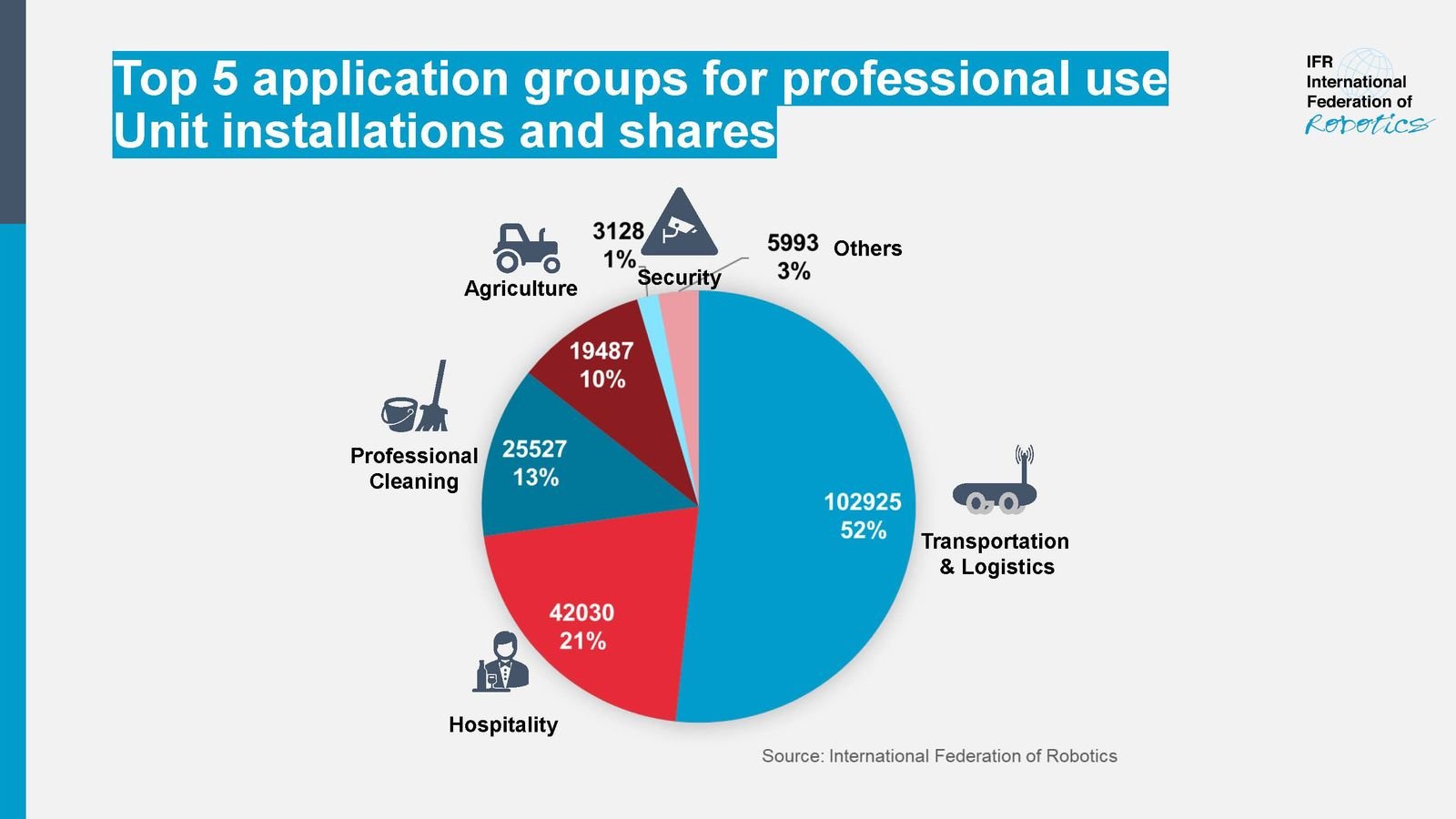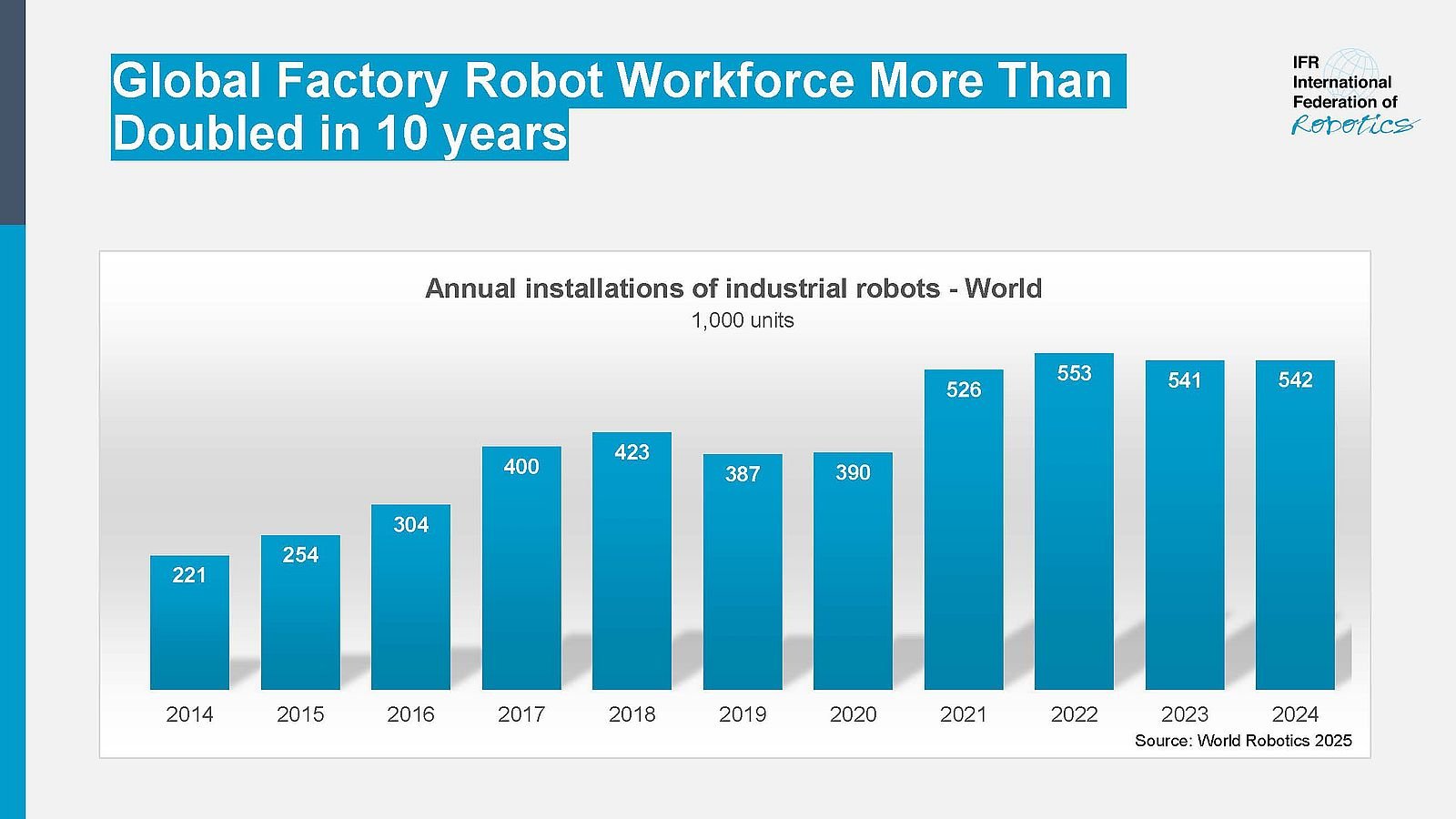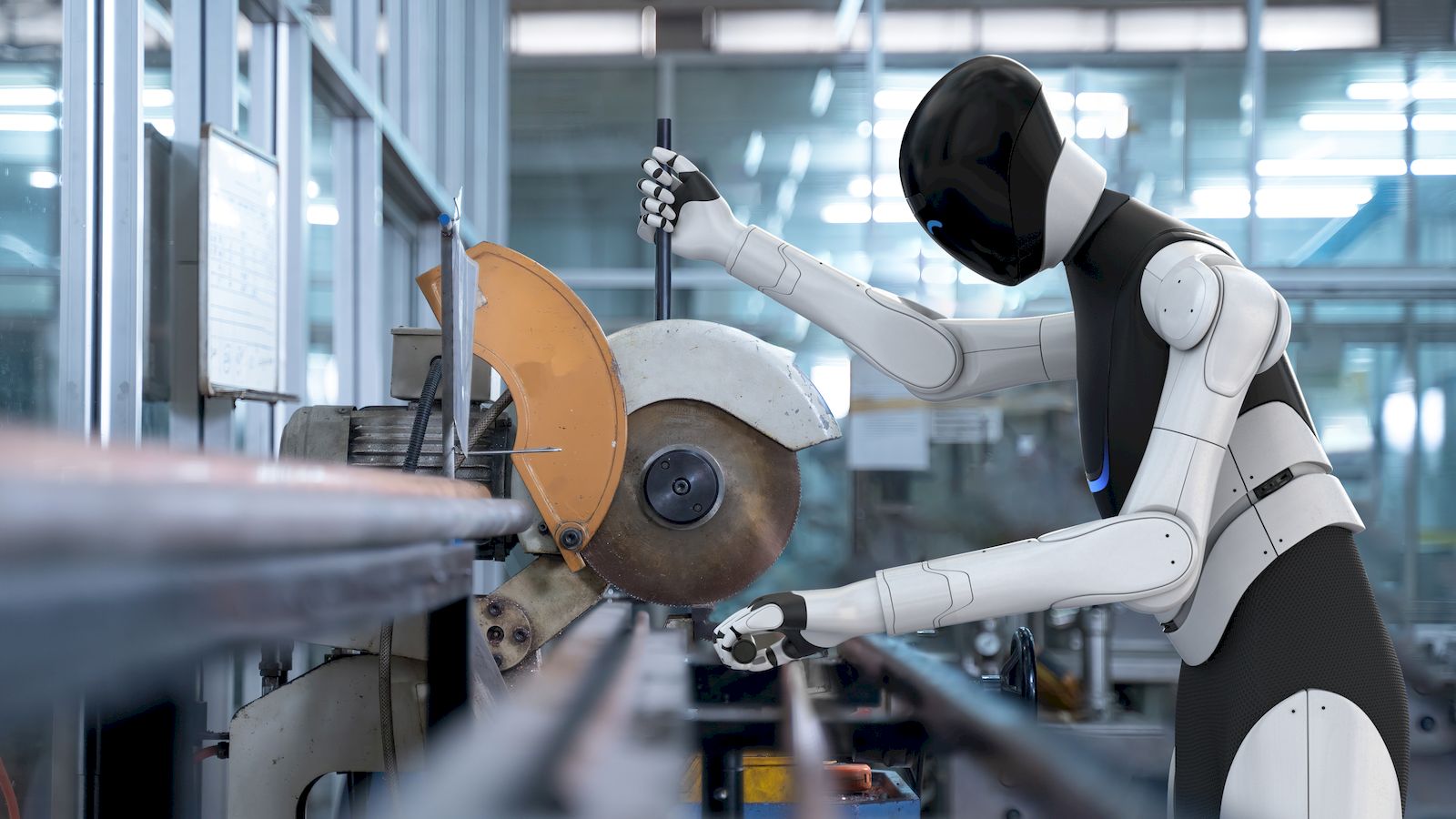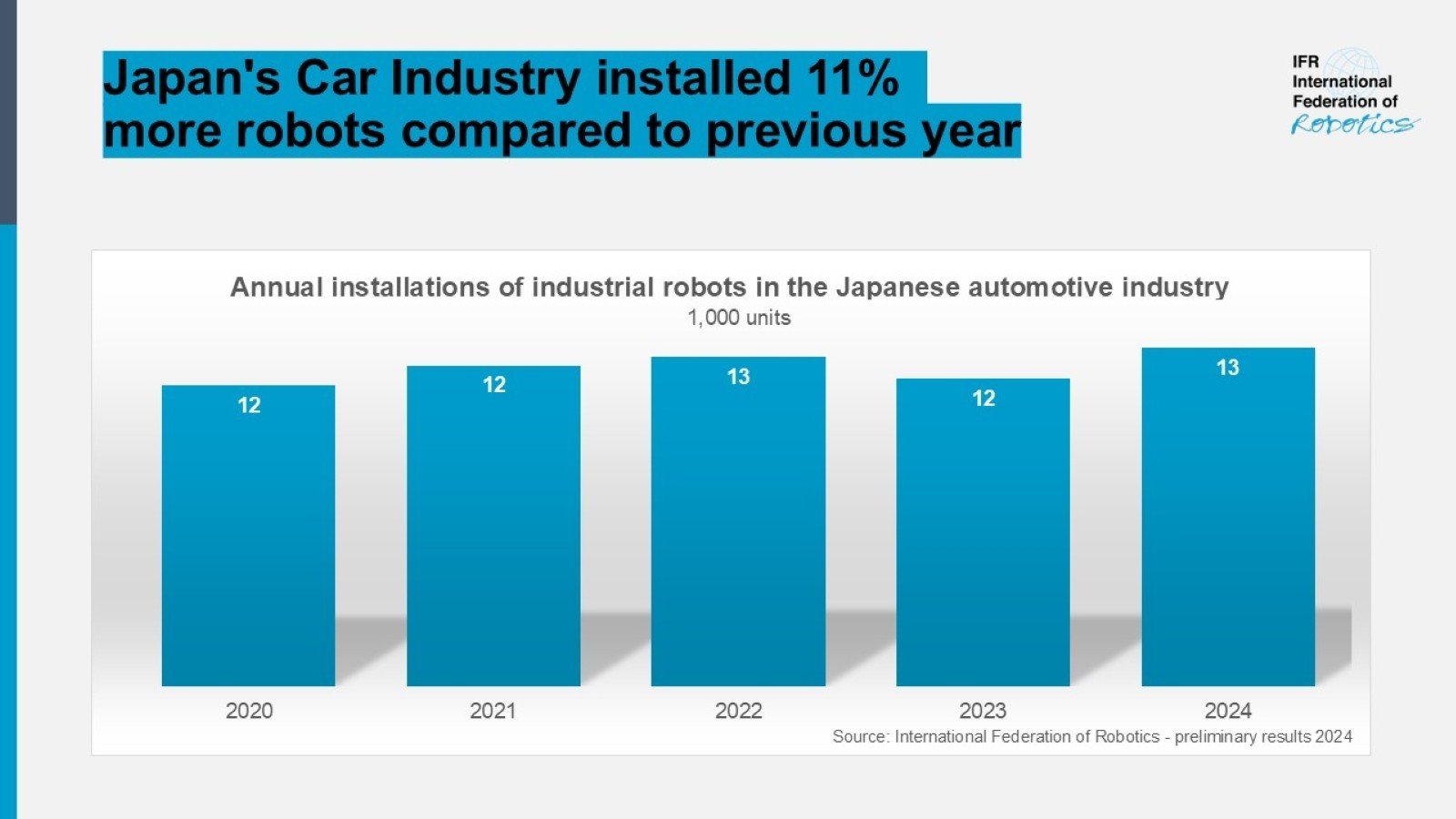
Robotics helps Achieving the Sustainable Development Goals
13 goals identified
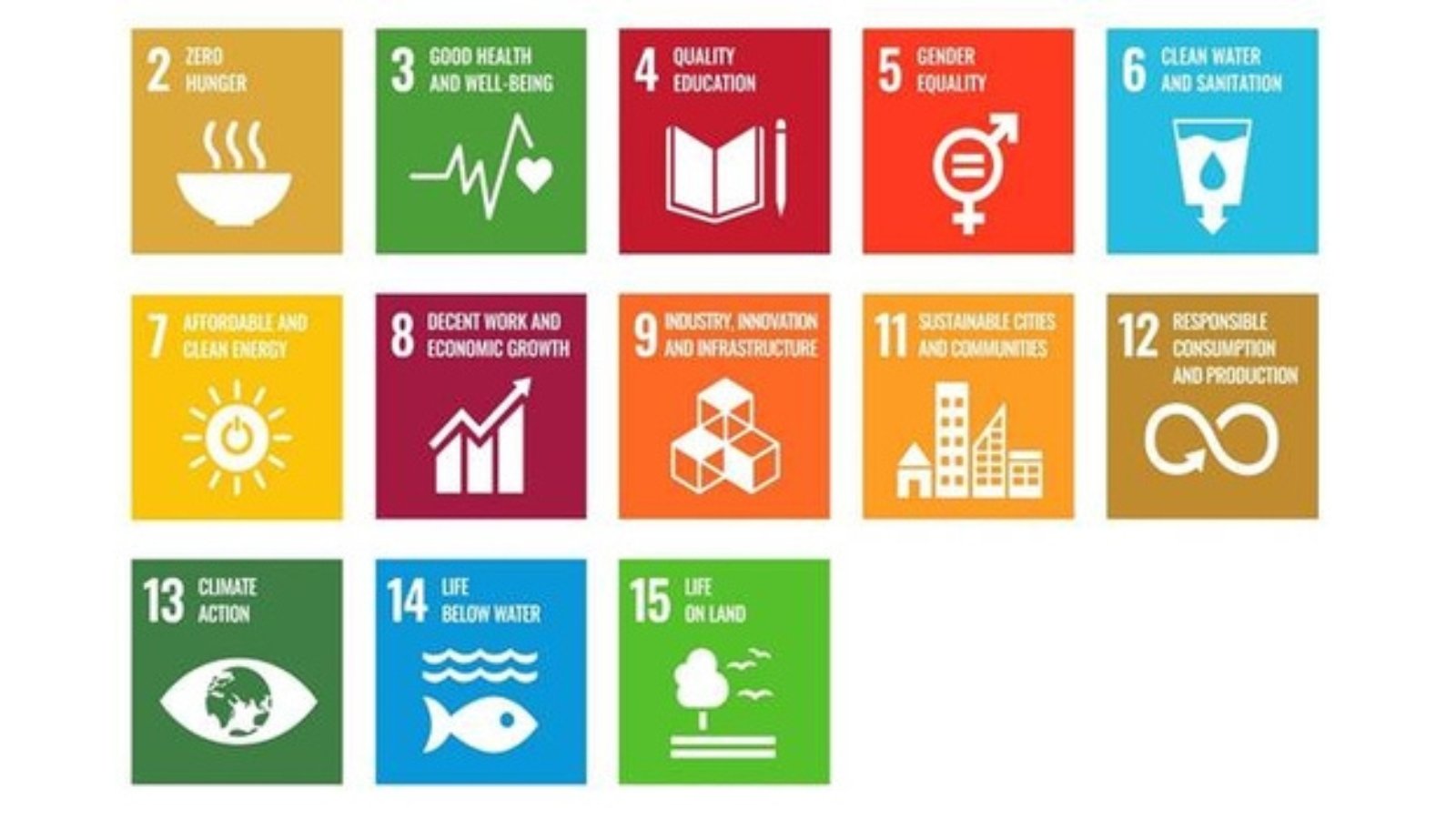
13 Sustainable Development Goals identified
Sustainability, encompassing social, economic, and environmental aspects, has become a prominent topic in today's discussion. Amid this, the integration of robots and robotics technologies is emerging as a powerful tool in contributing to the achievement of the United Nations' Sustainable Development Goals (SDGs). In this article, we explore the profound impact robots have on addressing and advancing 17 key SDGs.
Industrial Revolution for Sustainable Growth
Foremost among the SDGs directly impacted by robotics are SDG 8 (Promoting sustained, inclusive, and sustainable economic growth) and SDG 9 (Building resilient infrastructure and fostering innovation). By taking on dirty, dull and dangerous tasks, robots enhance workplace safety, promote inclusivity by accommodating workers with disabilities, and contribute to a healthier, more secure work environment. This, in turn, supports an aging workforce and aids developing countries in improving the quality and competitiveness of their exports.
Efficient Production and Sustainable Consumption
Robotic automation ensures stable processes, higher production yields, and lower rejects, ultimately leading to high-quality products. The increased efficiency in production minimizes energy and resource consumption, aligning with SDG 12 (Ensure sustainable consumption and production patterns). The decentralized nature of production, made possible by robots, significantly reduces energy consumption during transportation and creates local job opportunities.
Environmental Stewardship
The use of robots extends to recycling, waste reduction, and sustainable energy production, aligning with various SDGs. Robots contribute to SDG 7 (Ensure access to affordable, reliable, sustainable, and modern energy) by making the production of renewable technologies economically viable. They also play a crucial role in the recycling process, from detecting plastic types to 3D printing with recycled materials, thus supporting SDG 13 (Combat climate change and its impacts).
Healthcare and Well-being
Especially highlighted during the pandemic, robots make significant
contributions to SDG 3 (Ensure healthy lives and promote well-being).
Service robots aid healthcare staff in heavy lifting and reduce the
burden of administrative and logistics tasks. They enhance drug
development and testing, and their high reliability and repeatability
improves robot assisted surgeries.
Education and Gender Equality
Robots play a pivotal role in promoting SDG 4 (Inclusive and
equitable quality education) by assisting in STEM education and
providing training opportunities. They also contribute to SDG 5 (Gender
equality) by creating inclusive work environments and empowering women
in traditionally male-dominated fields.
Food Security
In agriculture, robots contribute to SDG 2 (End hunger) by increasing efficiency, reducing waste, and monitoring soil conditions, fostering sustainable agriculture.
Water Conservation and Sustainable Cities
Although in its early stages, robotics contributes to SDG 6 (Ensure availability and sustainable management of water and sanitation) through inspection and maintenance robots preserving water resources. Additionally, the application of robots, machine vision, and AI enhances waste sorting and recycling, supporting SDG 11 (Make cities and human settlements inclusive, safe, resilient, and sustainable).
Protecting Marine and Terrestrial Ecosystems
Underwater robots play a crucial role in supporting SDG 14 (Conserve oceans and marine resources) by inspecting offshore oil rig pipes, cleaning aquacultures, recycling ocean plastics, and conducting surveillance to preserve underwater fauna and flora. Similarly, SDG 15 (Protect, restore, and promote sustainable use of terrestrial ecosystems) is aided by agricultural and forestry robots. These robots help minimize the use of chemicals and fertilizers, reduce soil compaction, and prevent desertification and soil erosion, thereby contributing to ecosystem protection.
Conclusion
These examples illustrate the multifaceted contributions of robotics to achieving the SDGs, showcasing a transformative potential that extends across various sectors. As technology advances, the role of robots in sustainable development will continue to evolve, offering new solutions to global challenges. For more insights and detailed case studies on the impact of robotics on SDGs, visit our case studies. Together, these innovations mark a significant stride towards a more sustainable and inclusive future.
